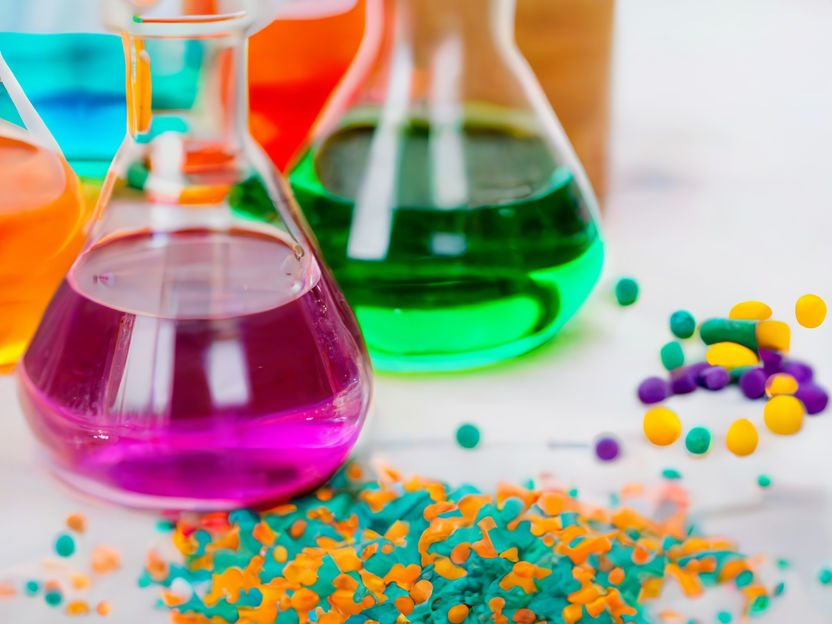Chemicals could undercut global plastics treaty
Plastic pollution: Scientists raise red flag
From 28 November to 2 December 2022, the UN intergovernmental negotiating committee (INC) on plastic pollution will meet in Uruguay to develop an international legally binding instrument against plastic pollution. There is concern among scientists that the negotiations will overlook the diversity and complexity of chemicals present in plastics. This would severely undermine the treaty’s effectiveness, according to a new study published in the recent issue of the scientific journal Environmental Science & Technology Letters.

Scientists are concerned that the UN negotiations on plastic pollution will overlook the diversity and complexity of chemicals present in plastics.
Computer-generated image
Plastics are complex materials. A recent study has identified more than 10,000 chemical substances that may have been used in plastic production, resulting in plastics that may contain a wide range of chemical substances. Even though many of these chemicals may serve the same function, a general lack of coordination among manufacturers has resulted in plastics from different manufacturers often having different chemical compositions for the same applications.
Such diversity and complexity of plastic formulations comes along with various negative impacts and challenges. Among them, the concern about the adverse impacts on human and ecosystem health of many chemicals in plastics (which can leach out of the product during its lifetime) has been increasingly raised by scientists and civil society organizations.
Chemical diversity as a problem to solve plastic pollution
Equally important but often overlooked, however: The diversity of chemicals in plastics can pose many challenges to the current and envisioned technological solutions to plastic pollution. “This diversity of chemicals in different plastic products make different waste streams incompatible. This incompatibility can significantly reduce the quality of recycling products, resulting in down-cycling, and leading to toxic waste that requires extra safe handling measures,” says Empa scientist Zhanyun Wang, the lead author of the study.
Antonia Praetorius, assistant professor at the University of Amsterdam and co-author of the study, adds: “A proposed solution to counteract plastic waste caused by single-use plastics is the increased use of more durable plastics, e.g., to allow for multiple reuse cycles of plastic takeaway food containers. The more complex the chemical makeup of these durable plastics, the more difficult it is to ensure their integrity and safety over extended product lifetimes.”
Room for optimism
Nevertheless, there is now room for optimism for advancing global solutions to plastic pollution. The authors strongly recommend policymakers and business leaders to use the unique opportunity provided by the plastic treaty negotiations to join force and re-design plastics. By identifying a common set of safe chemical additives serving certain key functions, simpler and more standardized plastic formulations can be achieved. In particular, the authors make concrete actionable recommendations on how the treaty can include mechanisms to reduce the diversity and complexity of chemicals in plastic production. This will not only allow for phasing-out hazardous chemicals from plastic production, but also enable the societal transition to a circular plastic economy.
Original publication
Other news from the department science

Get the chemical industry in your inbox
By submitting this form you agree that LUMITOS AG will send you the newsletter(s) selected above by email. Your data will not be passed on to third parties. Your data will be stored and processed in accordance with our data protection regulations. LUMITOS may contact you by email for the purpose of advertising or market and opinion surveys. You can revoke your consent at any time without giving reasons to LUMITOS AG, Ernst-Augustin-Str. 2, 12489 Berlin, Germany or by e-mail at revoke@lumitos.com with effect for the future. In addition, each email contains a link to unsubscribe from the corresponding newsletter.


























































